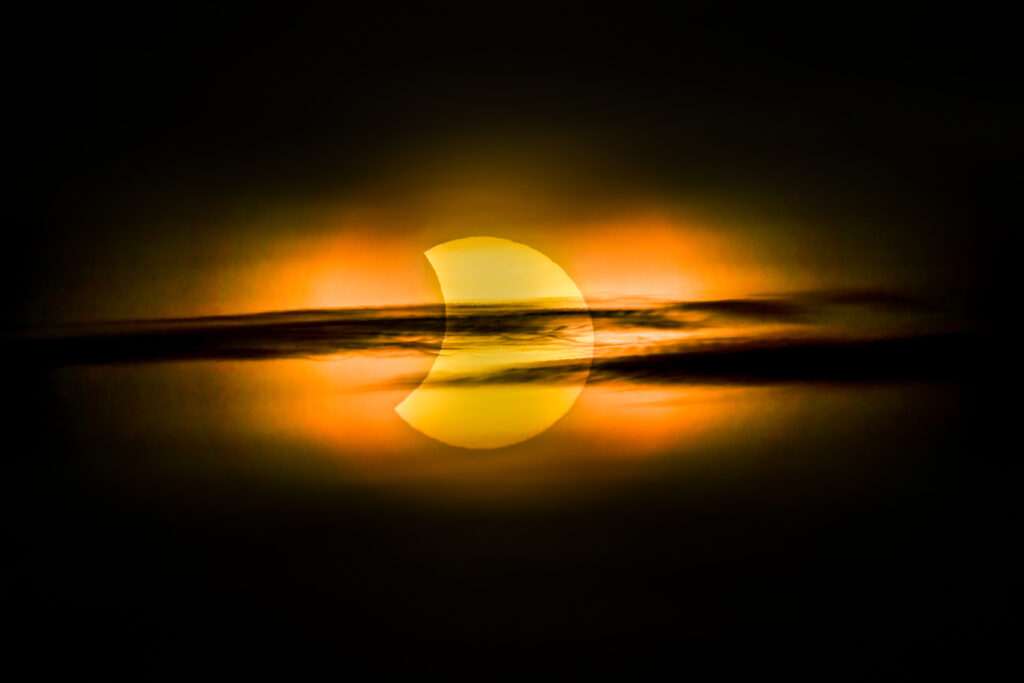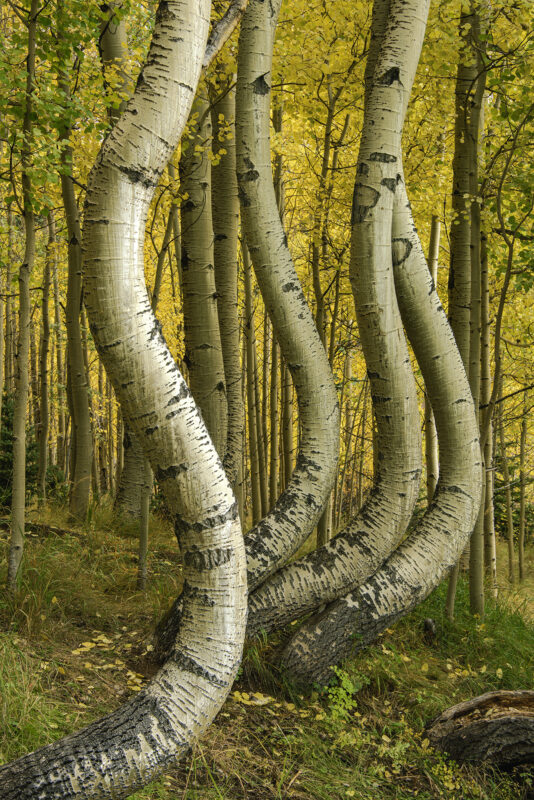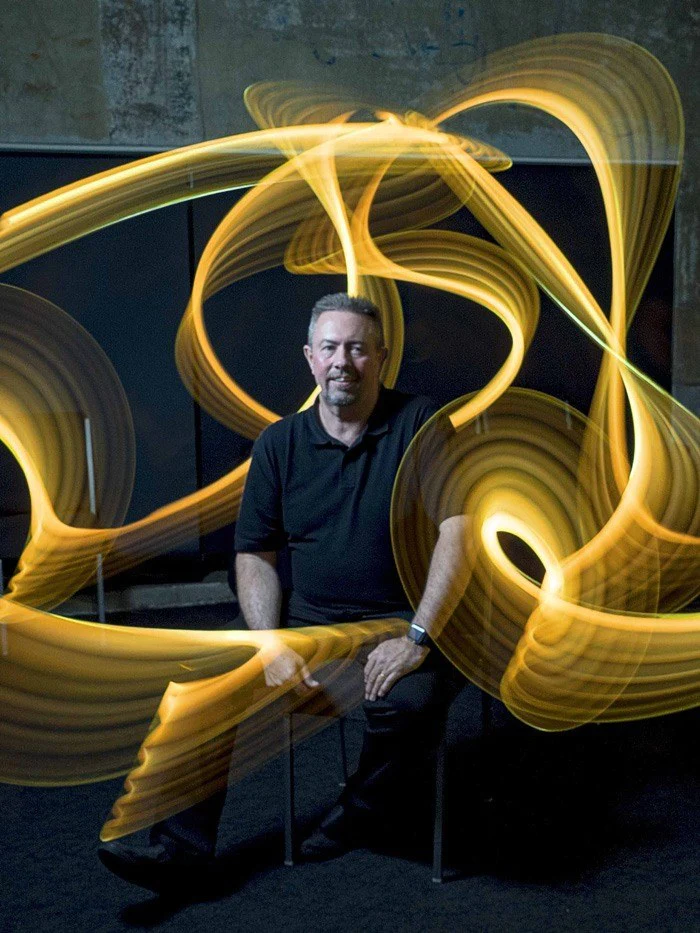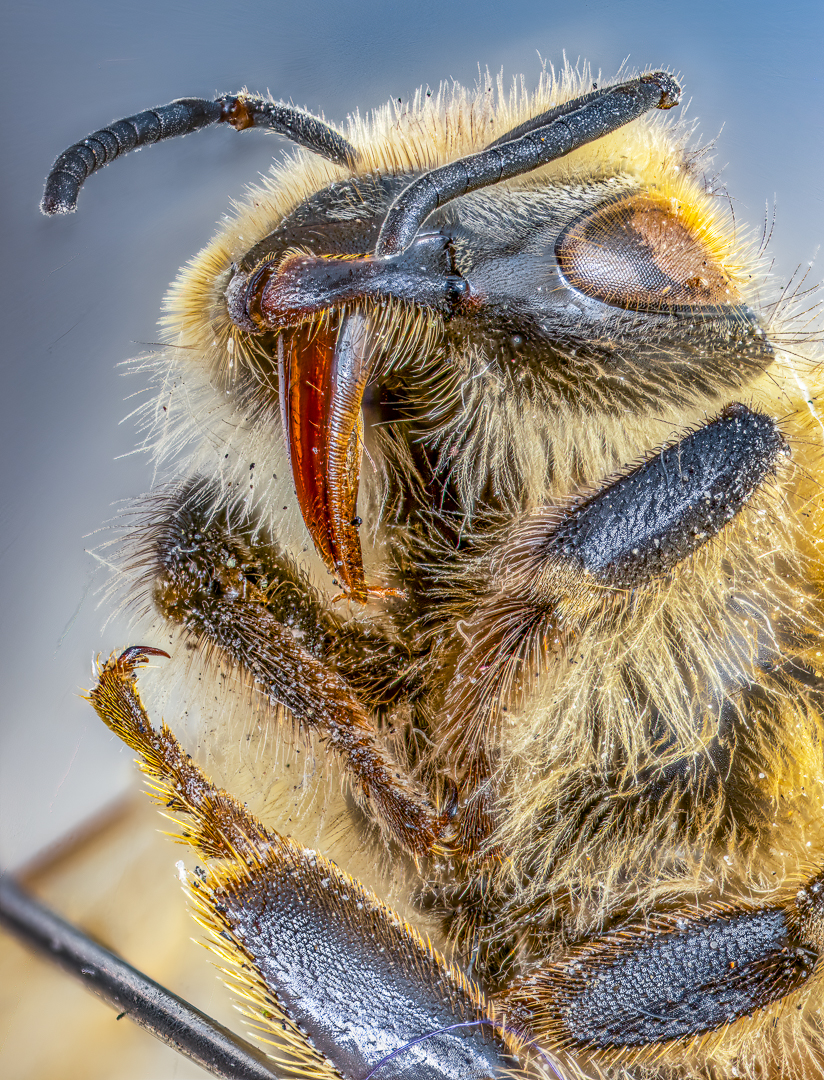Many of my students have a huge interest in achieving beautiful blurs in camera, from background blurs with subjects in perfect focus, to creative and somewhat artistic blurs.
Something I've noticed is that people who are just discovering the beauty of photography believe that this blurriness is a complex effect that only pros can achieve, but after a few lessons about aperture, they quickly understand that is more of an optical behavior rather than an amazing secret.
Blur, or bokeh as it is best known in the world of photography, is a cool effect to achieve, and there are really two reasons why you may want to implement it:
1. To Emphasize Your Subject
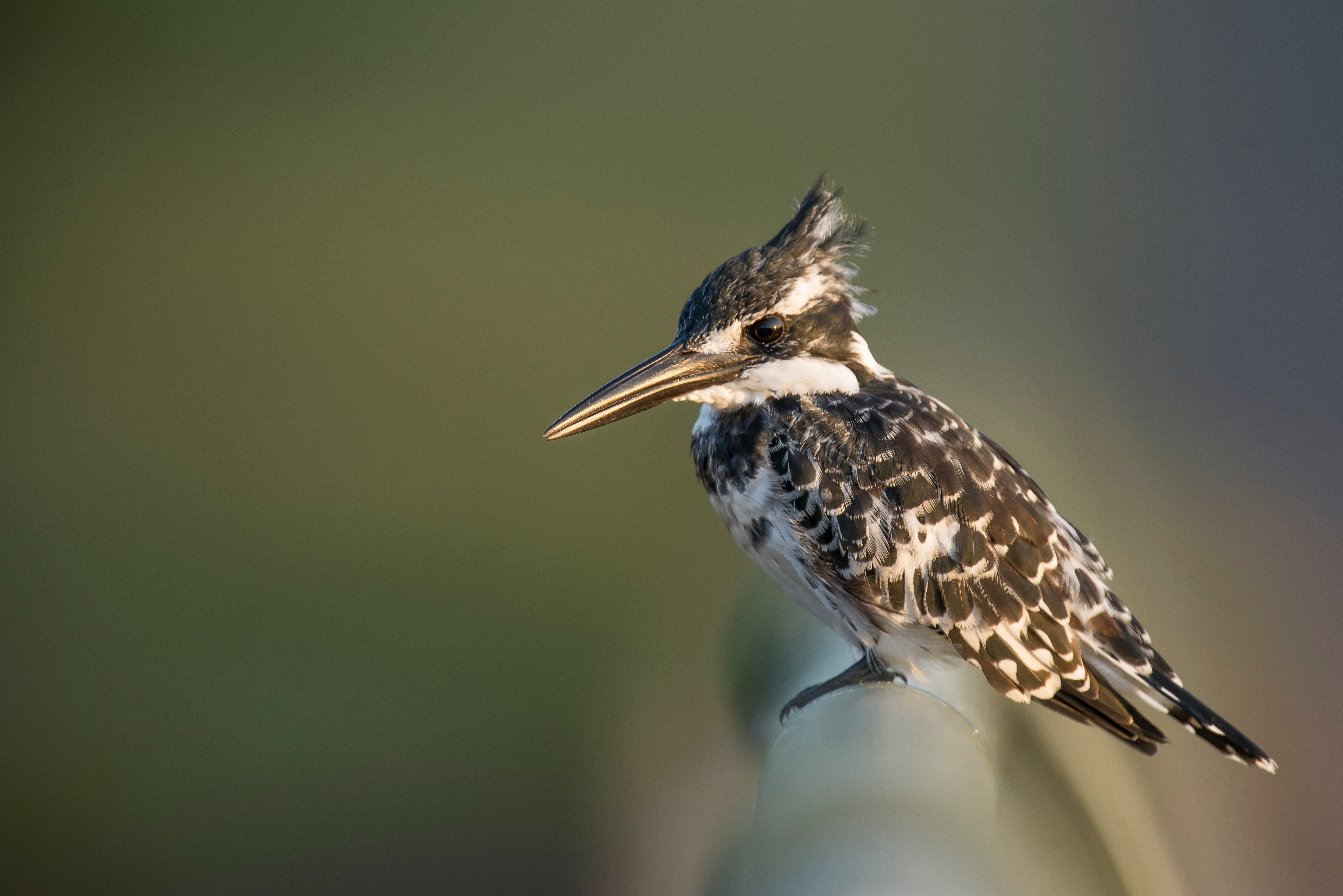
When photographing a portrait, the most interesting thing in the frame is the person, and the background could present some degree of distraction. Therefore, blurring it out via focusing and fast apertures is an elegant way of resolving this intention.
2. To Create Abstractions Or Creative Photographs
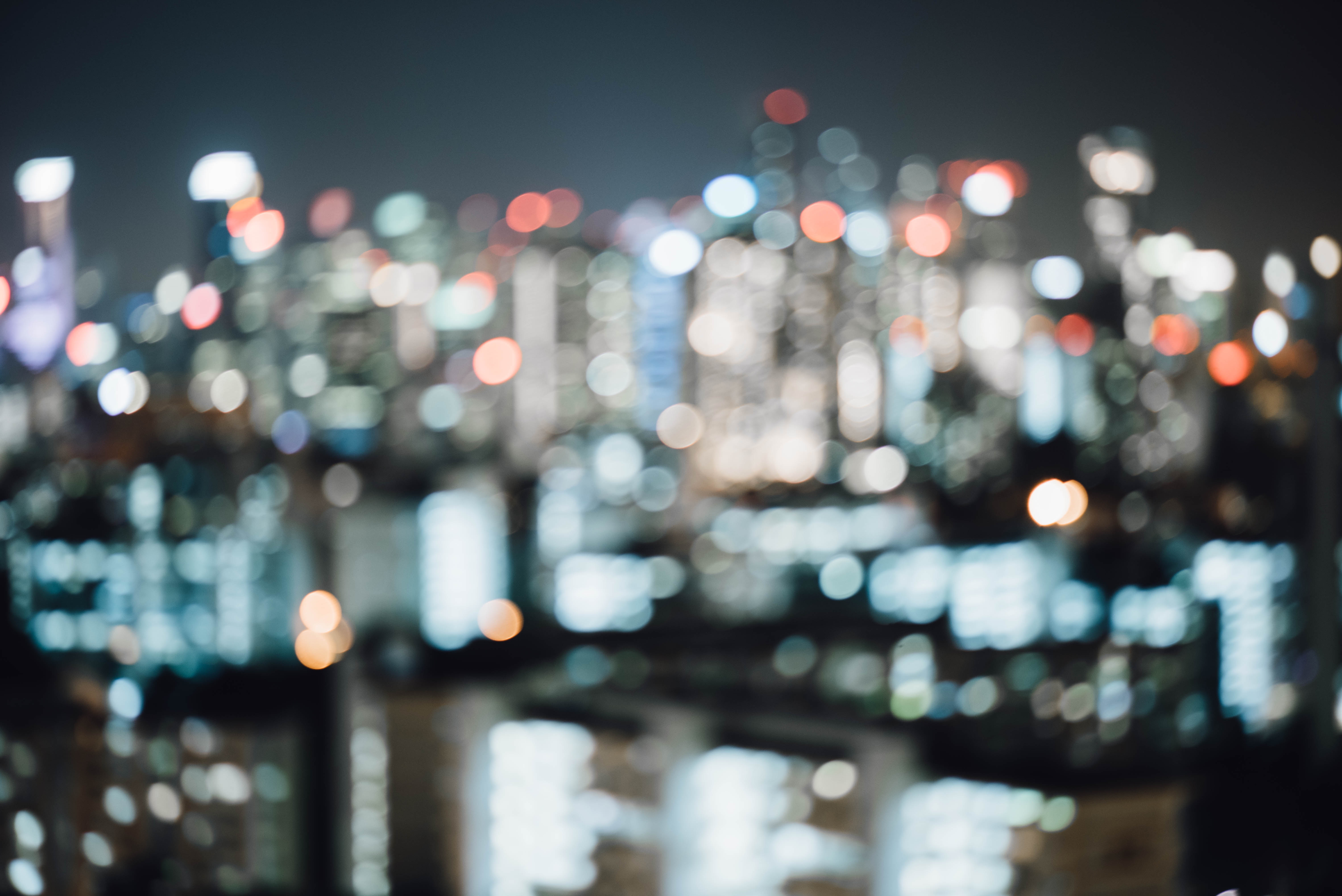
Even the most boring background can become interesting if we view it with an unfocused lens. This technique is used for creating small circles of light from regular lights thanks to bokeh.
3 Steps To Give You The Basics
So how do you do it?
- Extend your zoom lens to its longest focal length
- Get as close to your subject as possible while keeping them/it in focus
- Keep the background as far away as possible
These are some super quick steps to get you going…so now to the detail…
Achieving Background Blur – The Detail
When it comes to background blur, it's all about the lens, and here are some insights that will illustrate this for you:
- Aperture is responsible for background blur, the faster the aperture, the creamier the bokeh
- Distance has a role here as well because you'll achieve crispier subjects with beautifully blurred backgrounds if the subject is close to your camera rather than far away
- Long telephotos are more prone to background blur even at mild aperture settings
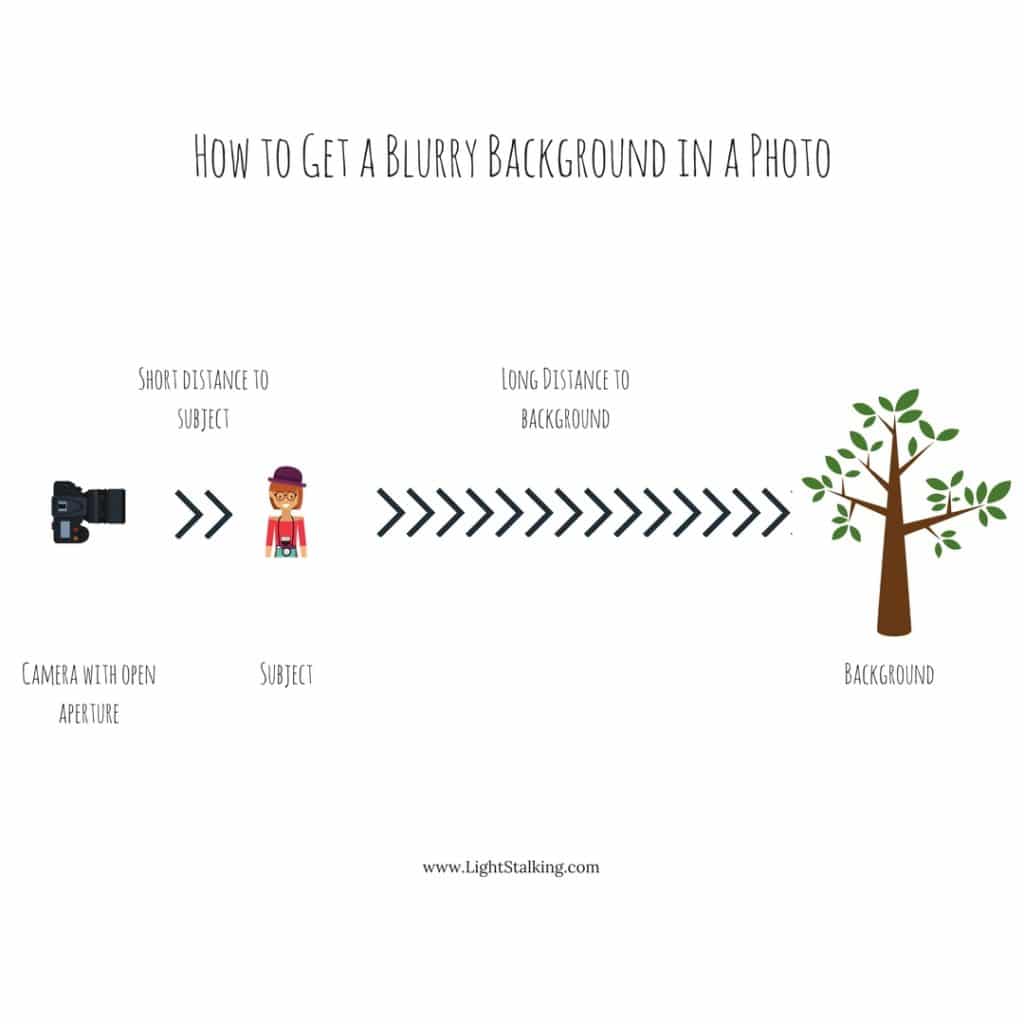
How Does Aperture Work When It Comes To Background Blur?
Let's imagine that we are working with a normal 50mm f/1.4 lens with a close subject:
- Super-Fast Aperture: f/1.4 = Heavy blurred backgrounds
- Fast Aperture: f/2.8 = blurred backgrounds
- Regular Aperture: f/5.6 = noticeable blurriness
- Slow aperture: f/16 = almost no blur at all
Background blur is something that comes along with photography, and mastering it requires practice because it is hard to pre-visualize blurriness. Background blur is really a cool technique to master, and it's quite easy to understand. So now get out there and practice!



